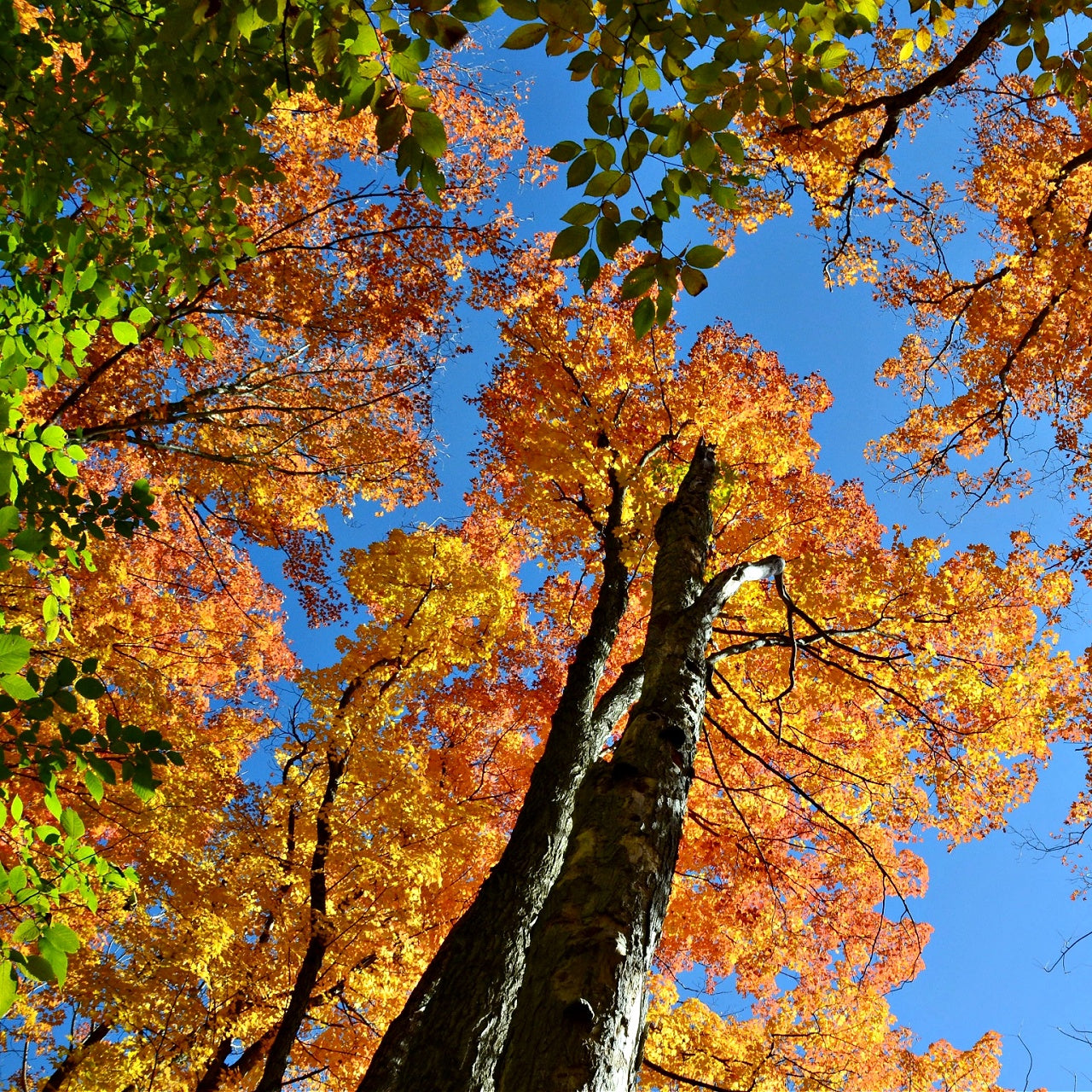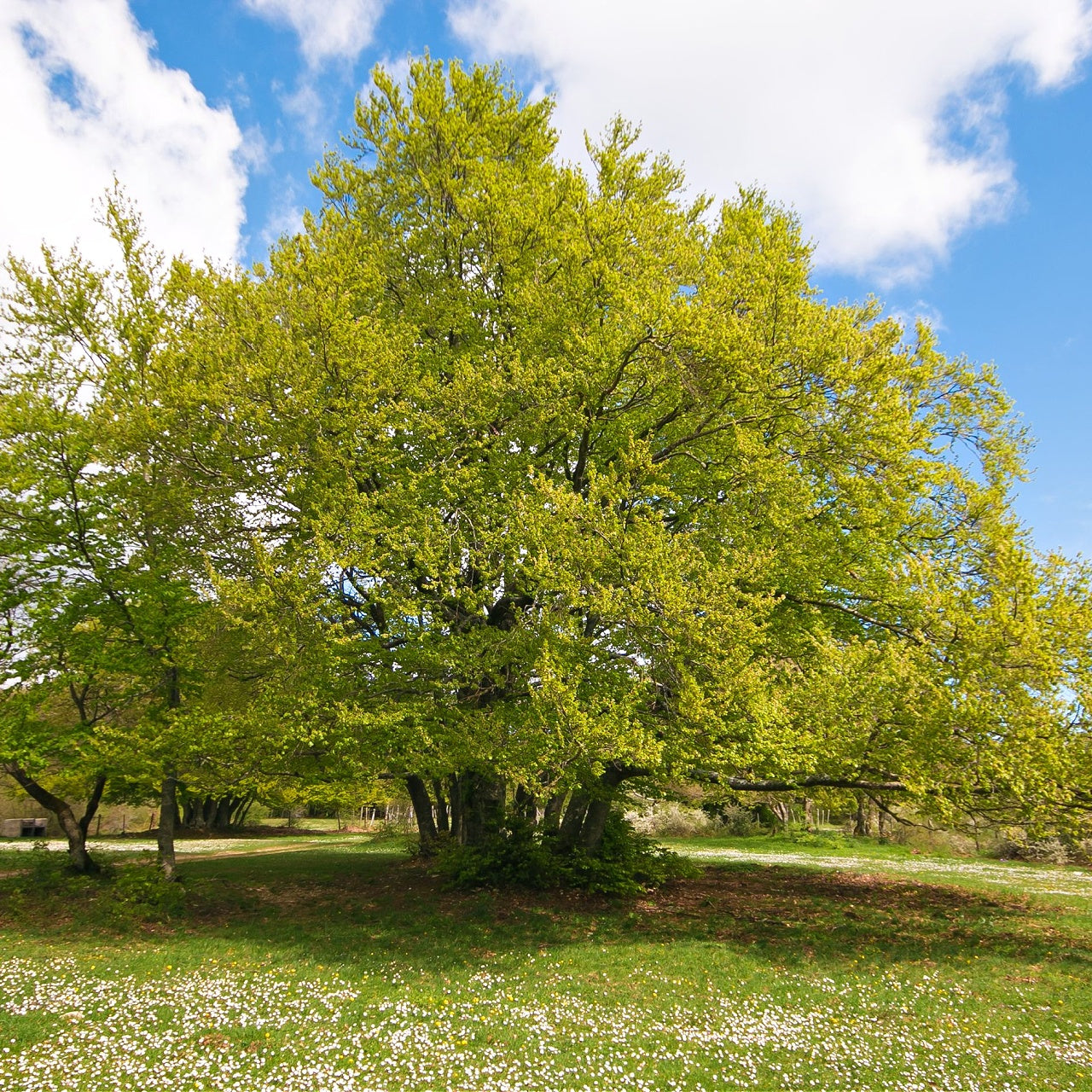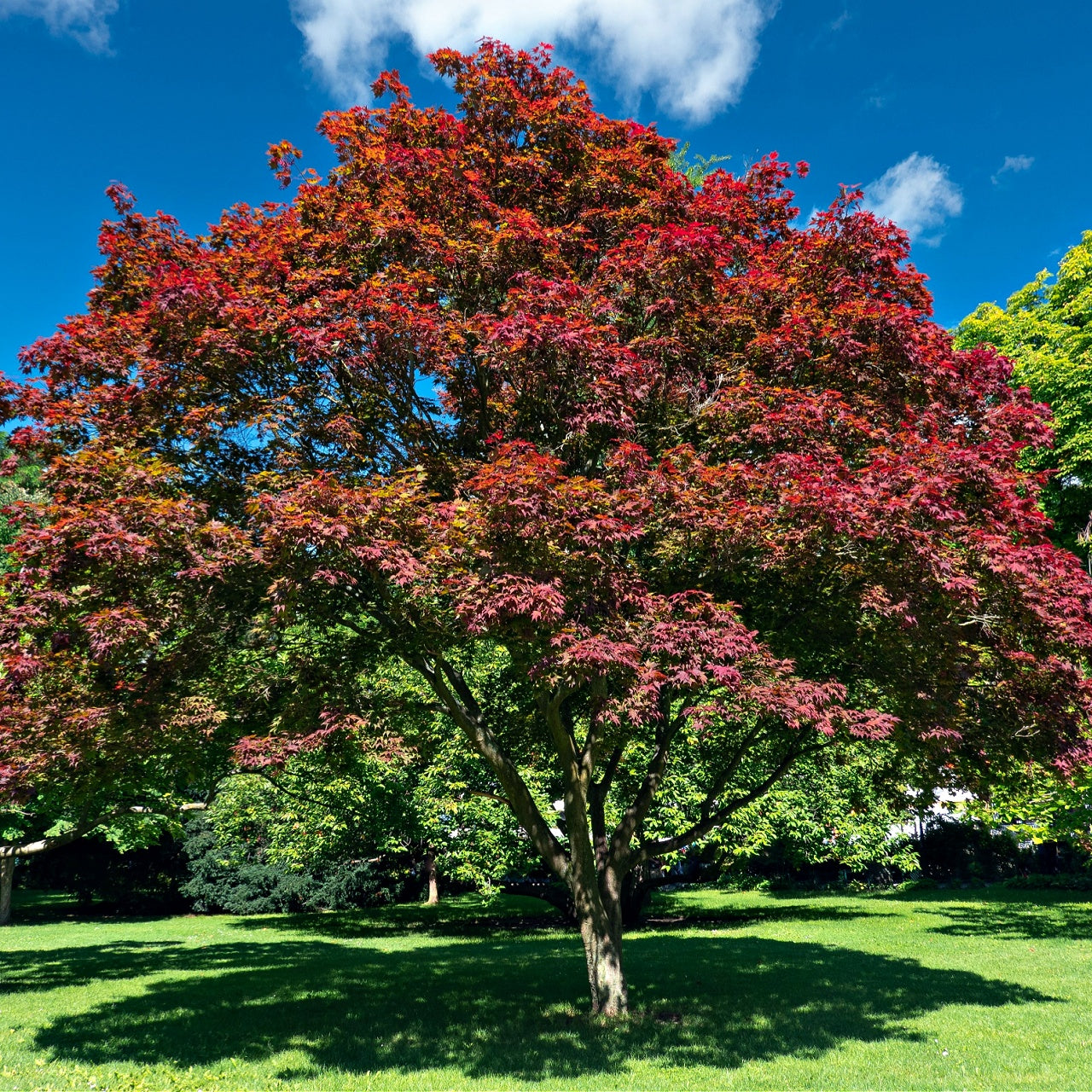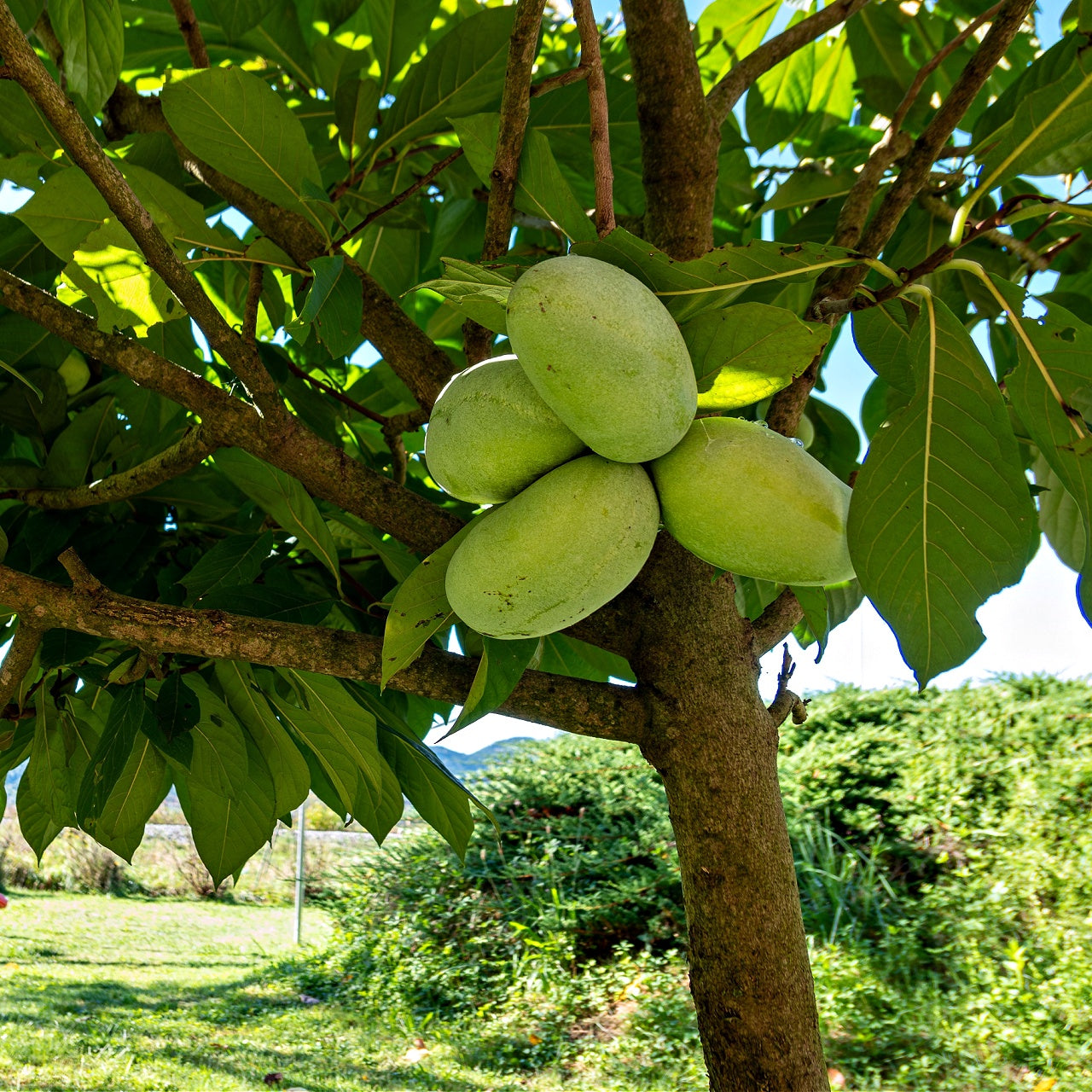
How Can Native Plants Save America's Bee Population
How Can Native Plants Save America's Bee Population
The desire to enjoy a lush green lawn replaced the once diverse trees, shrubs, and native plants that provided a vital food source for honeybees. Local growers and gardening enthusiasts continue to voice anecdotal evidence their fruit trees, berry shrubs, and vegetable gardens produce lower yields year over year. The decline of cross-pollinators is at the center of the crisis.
Habitat loss ranks among the significant factors that caused a 60-percent decline in beehives from 1947 to 2008. But what makes saving bees mission-critical for gardening enthusiasts right now is that a Maryland University study indicates their numbers plummeted by upwards of 43 percent from April 2019 to April 2020. The USDA agrees that the rise of non-flowering landscape assets added to a decline in pollinators, which is "at a critical crossroads" that now threatens farmer's crop yields across the country.
Sustainable environmental issues once seemed beyond the control of everyday people. But recent green movements demonstrate that individual efforts make a sizable difference. Responsible people can do their part by selecting plants and trees that feed bees and changing the trajectory of suburban landscapes.
Planting Native Moss in Shaded Areas of Your Property Makes a Difference
Although lawns may appear aesthetically pleasing, they take up vast space without high-level environmental reciprocation. It's common for property owners to attempt to match the full and half-sun grass with varieties adapted to shade in wooded spaces. That landscaping strategy makes perfect sense in terms of uniformity. But most typically provide the same greenery benefits as grass and a water source for bees.
One little-known item that beekeepers discovered long ago is that bees and other pollinators flock to moss beds to stay hydrated during the hot summer months. Rather than leave full-shade areas vacant, these are ways to employ bee-supporting mosses.
Carpet Moss: This variety acts like a full-shade lawn that spreads in wooded areas of your property. Carpet moss helps secure topsoil during severe weather or flooding and remains moist when lawns dry out.
Cushion Moss: This type attaches to sometimes hard surfaces and thrives in full-shade areas that many plants cannot. It can add green to landscapes and offers bees a haven.
Others, such as Sphagnum, Ground Fern, and Rock Cap moss, can also be strategically deployed to enhance the landscape and help pollinators weather the crisis. Adding moss makes your property attractive to bees that cross-pollinate perennials, flowering shrubs, ornamental trees, and food-bearing assets.
Adding Native Plants Helps Bees Thrive
If you've ever walked into a mom-and-pop store or enjoyed weekend farmer's markets, you've probably noticed signage saying, "Local Honey." That might seem like a keep-it-local marketing slogan, but bees flourish when diverse native plants are present. Native plants, shrubs, and flowering trees add value to properties and usually succeed in ways non-natives might not. These rank among the low-maintenance flowering native plants that support bee life.
Lily of the Valley: This native North American perennial provides lovely large white blooms from May through June. The fragrant flowers attract bees and butterflies to the property and help increase cross-pollination.
Dandelion: When this green-leafed plant with yellow petals grows on lawns, many property owners see a weed. Dandelions remain a reliable resource for bee populations. Finding a place for these low-height plants along hardscapes and garden perimeters may prove helpful.
Daisy: These native wildflowers have been cultivated to flourish in perennial flower beds. They spread and thrive with minimal maintenance and care. Creating a space for them to run wild along fences and underused full-sun areas adds tremendous beauty. It also gives pollinators a go-to survival resource.
Brown Eyed Susan: This native coneflower produces upwards of 20 yellow-orange petals and remains a standard in full-sun areas. Backyard gardeners have the opportunity to allow them to spread and increase bee support.
A wide range of native wildflowers is available at plant nurseries that increase natural beauty and sustainability. Others include Rue Anemone, Yarrow, Creeping Buttercup, White Violets, Geranium, and the gorgeous Great Blue Lobelia.
How Gardeners Can Help the Bee Population Rebound
Every day people can do their part to improve the environment and reverse the decline in crop yields. What's particularly encouraging is that gardening enthusiasts have all the tools and know-how. Transitioning to organic gardening reduces the impact of harsh chemicals on bees and other essential pollinators. Increasing gardens or adding new ones flush with wildflowers can have a direct and discernable impact on hives in your area. And while you are doing a service for the environment, you're also enhancing your grounds. Some might call that a win-win.
If you are considering adding moss, wildflowers, and other assets, contact our TN nursery. We offer a complete inventory of plants, shrubs, moss, and ornamental trees that bees urgently need.






